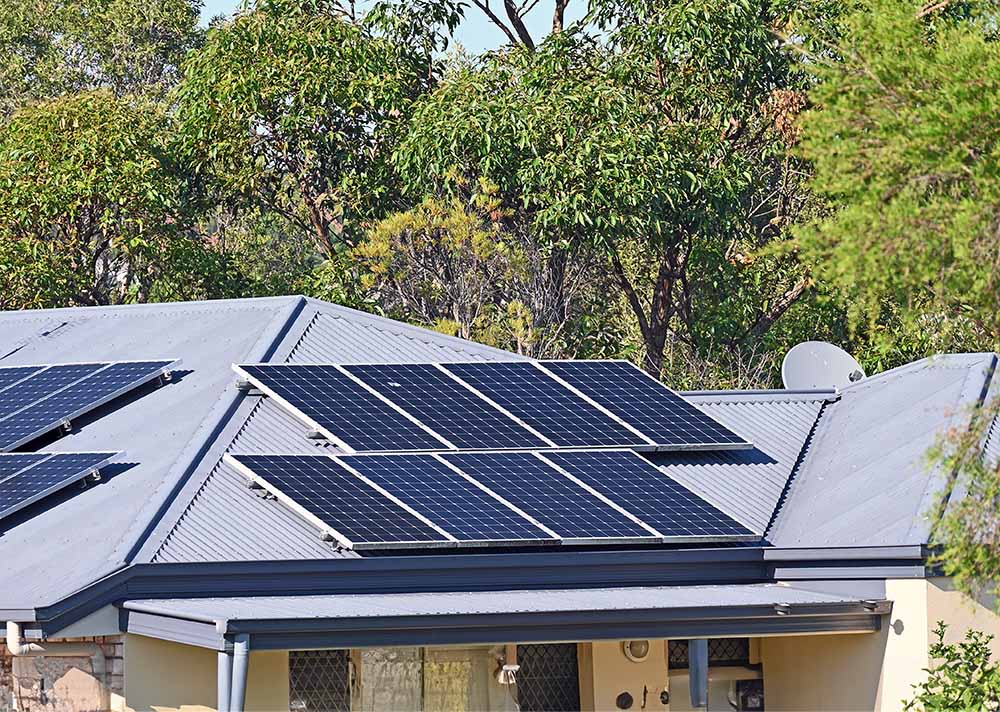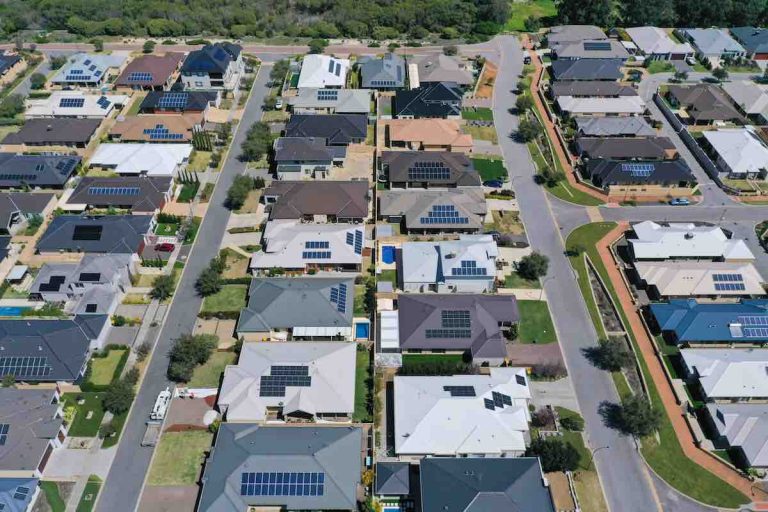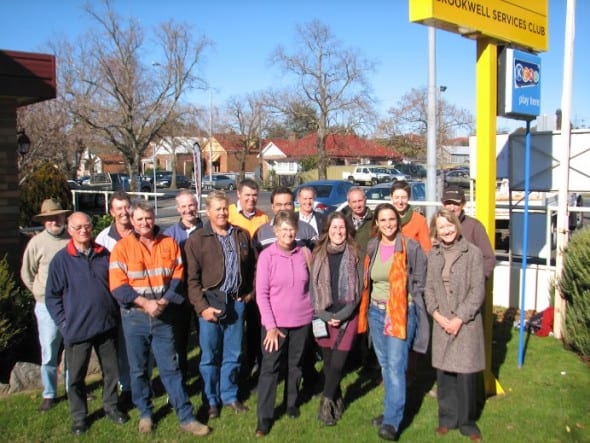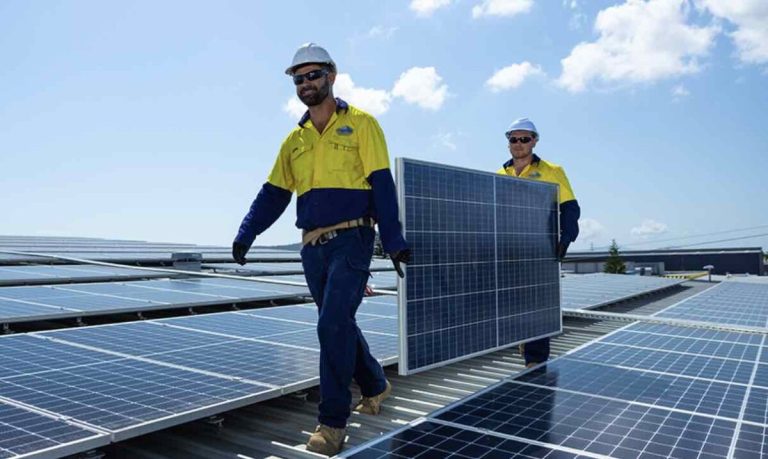Australia’s Rooftop Solar Leadership Needs Better Management Strategies
It’s quite ironic that while Australia leads the globe in per capita adoption of rooftop solar, by 2025 it still lags in effectively managing this significant resource within a modern, increasingly renewable energy grid.
A recent report from Energy Catalyst and CSIRO highlights that Australian households and businesses are projected to have installed approximately 55 gigawatts (GW) of rooftop solar by 2035, generating around 70 terawatt-hours (TWh) of electricity.
The Changing Landscape of the National Electricity Market
In this evolving scenario, the National Electricity Market (NEM) is anticipated to frequently experience periods where the majority of its power flows “upstream” from the distribution network, while operational demand dips towards zero in various regions.
By 2050, the NEM, which has traditionally functioned as a one-way system from power generation plants to consumers, is expected to shift to a predominantly bidirectional model. This will involve around 115 GW of capacity and 100 TWh of generation sourced from distributed photovoltaic (PV) systems.
Rethinking Energy Management
As outlined in the report, the dynamics will change significantly, with centralised energy resources transitioning to provide backup and balancing services for a vast array of distribution-connected energy resources, including rooftop solar, home batteries, electric vehicles, and hot water systems.
However, to transition from the current state in mid-2025 to this envisioned future, innovative thinking is essential.
To facilitate this, Energy Catalyst and CSIRO have partnered with AEMO and industry experts to produce a series of five integrated reports aimed at identifying the necessary steps to meet our 2035 goals and ultimately fulfil our 2050 climate and renewable energy commitments.
The Role of the Distribution System Operator
One of the key focuses of the fourth report is the introduction of the Distribution System Operator (DSO), a new pivotal entity in the electricity market hierarchy that would operate between AEMO and the distribution network.
The DSO would be responsible for enabling the effective participation of millions of distributed resources as a vital component of the future grid.
Energy Catalyst and CSIRO are not starting from scratch; DSOs are already in operation and proving effective in electricity markets in the UK. This report examines global examples and seeks to adapt them to the unique characteristics of the NEM.
Key Responsibilities of a DSO
The report identifies five primary responsibilities that a DSO would need to fulfil in a context rich with consumer energy resources (CER) or distributed energy resources (DER).
The first responsibility is Active System Management, ensuring the safe, reliable, and efficient operation of a two-way power flow to maintain a continuous electricity supply to and from customers.
Secondly, the DSO would utilise a variety of market mechanisms to value, incentivise, procure, and operationally coordinate energy, flexibility, and other system services from CER/DER and flexible loads, employing tools such as tariffs, contracts, and market signals.
The third role involves long-term distribution system planning, collaborating with distribution and transmission network companies and AEMO as part of comprehensive system planning.
Fourthly, the DSO would enhance network visibility, enabling real-time monitoring and rapid responses to dynamic conditions, including fault prediction and optimisation of network performance. This would also involve understanding customer behaviour and usage patterns to engage them in mutually beneficial initiatives.
Finally, the DSO would need to work closely with AEMO and relevant Transmission Network Service Providers (TNSPs) to ensure operational visibility, support data exchanges, align operational and market interactions, and coordinate long-term system planning.
Conclusion of the Report’s Findings
The extensive 245-page report delves into the technical details of the DSO’s potential functions, supported by numerous real-world examples and case studies.
On the rationale behind these recommendations, the report succinctly states, “Australia’s power systems are undergoing an unprecedented structural transformation, driven by accelerating decarbonisation and the explosive growth of CER/DER.”
It emphasises the necessity of rethinking critical aspects of the 21st-century power system to lay the groundwork for future capabilities like the DSO model.
“Achieving secure, affordable, and sustainable electricity for the long term will depend on it,” the report concludes.

13.jpg)


61-768x513.jpg)

